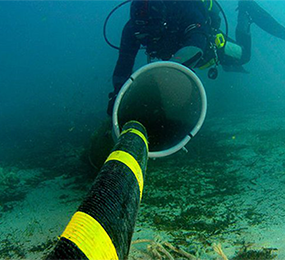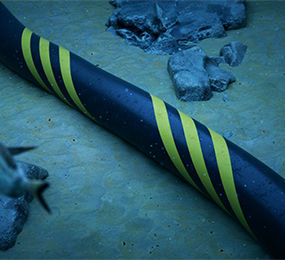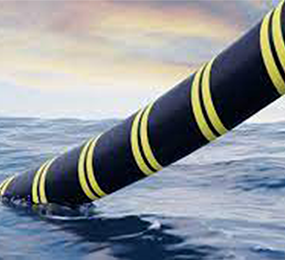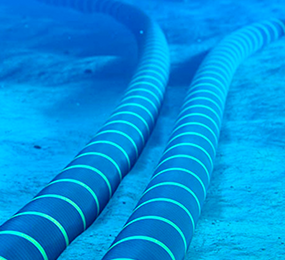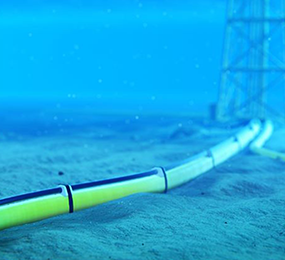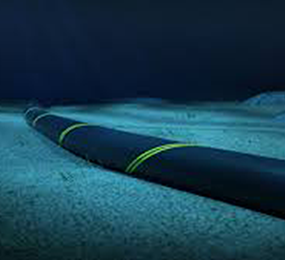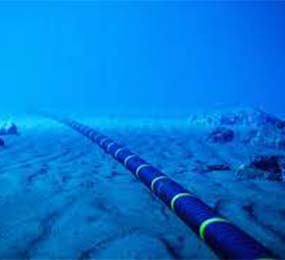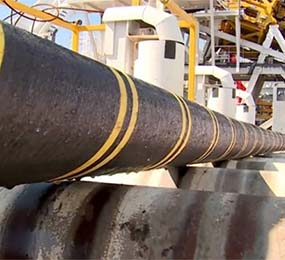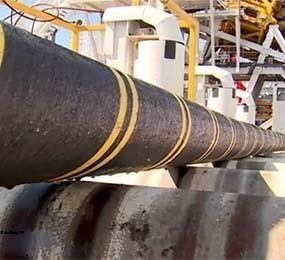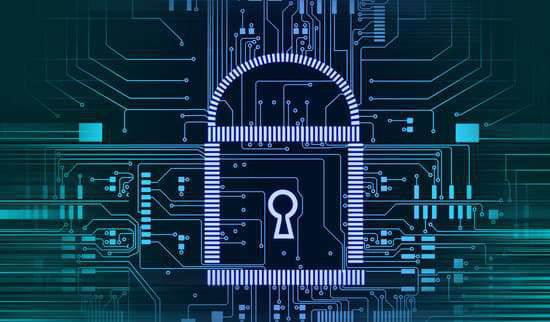Strategies for Enhancing Submarine Cable Resilience and Reliability
Submarine telecommunications cables form the unseen backbone of the global digital economy, carrying over 99% of intercontinental data traffic. Their vital role makes their resilience and reliability paramount, yet they face continuous threats from natural disasters, human activities like fishing and anchoring, and even intentional tampering. Enhancing the robustness of this critical infrastructure requires a multi-faceted approach involving advanced technology, strategic planning, and international cooperation.
One crucial strategy is geographic diversification and redundancy. Instead of concentrating cables in narrow corridors or relying on single landing points, deploying multiple cables along diverse routes significantly reduces the risk of widespread outages from a single incident. This "safety in numbers" approach ensures that if one cable is damaged, data can be rerouted seamlessly through alternative paths, minimizing service disruption. Investing in new cables and promoting multiple interconnection points globally are key to building this redundancy.
Furthermore, proactive monitoring and protection technologies are essential. Real-time monitoring systems, including Distributed Acoustic Sensing (DAS) and Optical Time Domain Reflectometers (OTDR), can detect subtle disturbances along the cable path, allowing operators to identify and locate faults quickly. Innovations in cable design, such as double armoring and Kevlar reinforcement, enhance physical protection against external damage. Automated underwater vehicles (AUVs) and remotely operated vehicles (ROVs) are also increasingly used for inspection, maintenance, and faster repair operations, reducing the time and cost associated with human intervention in deep-sea environments.
Finally, strengthening international cooperation and policy frameworks is critical. Given that submarine cables traverse multiple national and international waters, collaborative efforts among governments, cable operators, and international organizations like the International Cable Protection Committee (ICPC) are vital. This includes sharing threat intelligence, streamlining permitting processes for new deployments and repairs, and establishing common best practices for cable protection and sustainable marine activities. By working together, the global community can safeguard this indispensable infrastructure, ensuring uninterrupted connectivity for billions worldwide.
Visit our website to know more: https://www.leadventgrp.com/events/5th-annual-submarine-power-cable-and-interconnection-forum/details
For more information and group participation, contact us: [email protected]
Leadvent Group - Industry Leading Events for Business Leaders!


